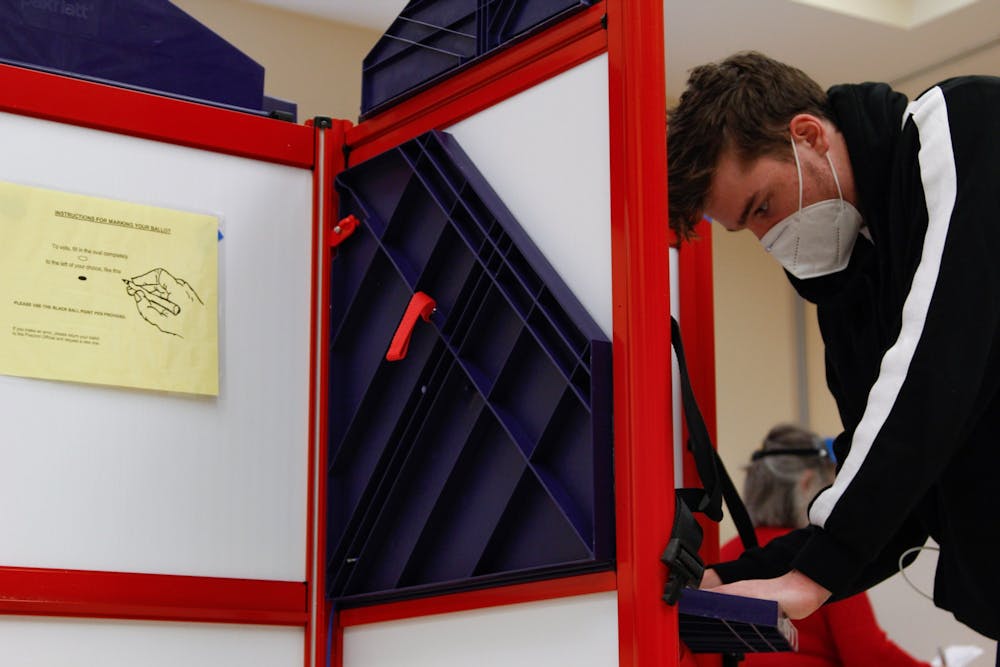North Carolina’s 2020 election saw record turnout, due in part to increased voting accommodations for the COVID-19 pandemic. But while a larger portion of the electorate voted in 2020, fewer voters self-identified their race or political party.
North Carolinians have tabulated over 700,000 more ballots than were cast in 2016 as of 5 p.m., Wednesday. Karen Brinson Bell, executive director of the North Carolina State Board of Elections, predicted that North Carolina’s final vote total would be higher than 5 million at a press conference on Wednesday.
“What we want everyone to understand is that 2020 may have been an unprecedented year but the conduct of elections did not change in 2020, except for the added precautions for COVID," she said.
Brinson Bell said results won't be finalized until county certification on Nov. 13.
Comparing to 2016
Voting trends by race have become more unclear in North Carolina since 2016. Michael Bitzer, professor of politics and history at Catawba College, said this is at least in part because the data is becoming more incomplete.
“We’ve got a lot more voters who have not indicated their race or ethnicity," Bitzer said. "Back in 2016, for all of the absentee ballots, it was a little more than three percent unknown. Now it is around nine percent. We have no way to know for those hundreds of thousands of voters, what their race or ethnicity is.”
In 2016, 69.36 percent of voters identified as white, 22.19 percent identified as Black and 3.37 percent chose not to identify a race.
But in 2020, significantly more voters chose not to identify their race. Results as of 5 p.m. Wednesday indicated that 63.78 percent identified as white, 20.61 percent identified as Black and 10.09 percent chose not to identify their race.



